The importance of level measurement cannot be overstated. Incorrect or inappropriate measurements can cause levels in vessels to be excessively higher or lower than their measured values. Low levels can cause pumping problems and damage the pump, while high levels can cause vessels to overflow and potentially create safety and environmental problems. Vessels operating at incorrect intermediate levels can result in poor operating conditions and affect the accounting of material.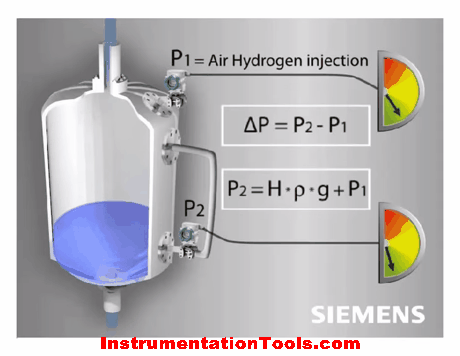
Animation Credits : Siemens
The level of a liquid in a vessel can be measured directly or inferentially (indirect). Examples of direct level measurement include float, magnetostrictive, retracting, capacitance, radar, ultrasonic and laser level measurement technologies. Weight and differential pressure technology measure level inferentially. All have problems that can potentially affect the level measurement.
Differential pressure level measurement technology infers liquid level by measuring the pressure generated by the liquid in the vessel. For example, a water level that is 1000 millimeters above the centerline of a differential pressure transmitter diaphragm will generate a pressure of 1000 millimeters of water column (1000 mmWC) at the diaphragm. Similarly, a level of 500 millimeters will generate 500 mmWC. C
alibrating this differential pressure transmitter for 0 to 1000 mmWC will allow it to measure water levels of 0 to 1000 millimeters.
Note that this example presumes that the liquid is water. Liquids with other specific gravities will generate other differential pressures and cause inaccurate measurements. Continuing with the previous example, the same 500-millimeter level of another liquid with a specific gravity of 1.10 at operating conditions in the above vessel will generate 550 mmWC of pressure at the transmitter. As such, the differential pressure transmitter calibrated for water would measure 50 millimeters higher than the actual 500 millimeter liquid level. Conversely, if the liquid has a specific gravity that is lower than that of water, this transmitter will measure lower than the actual level. This example illustrates that differential pressure technology does not measure level, but rather infers level.
Also Read: Working Principle of Flow Switch
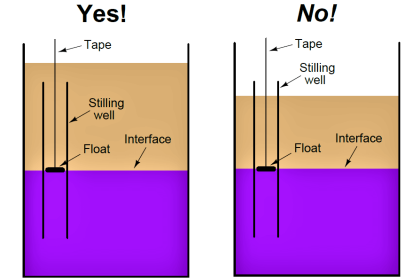
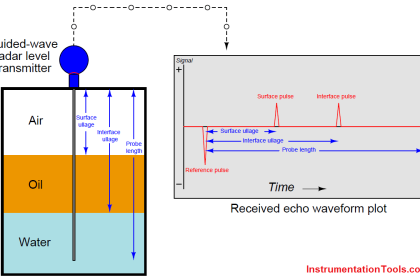
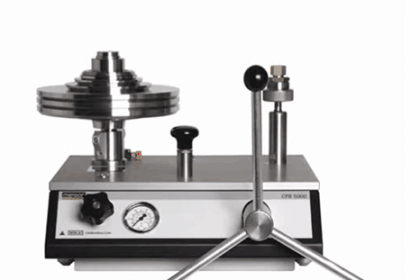
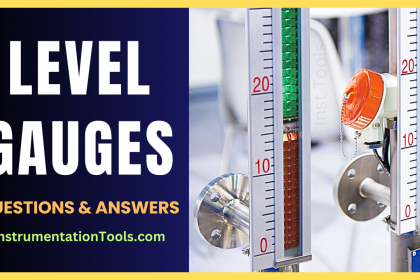
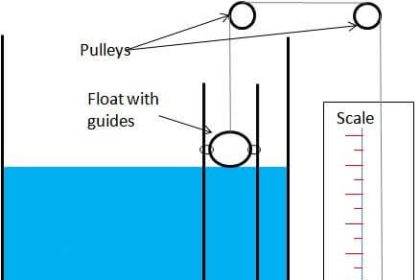
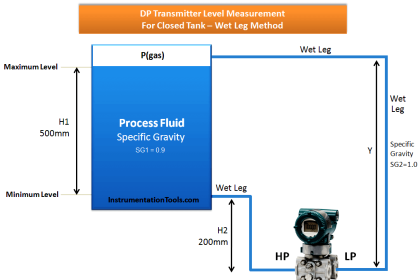
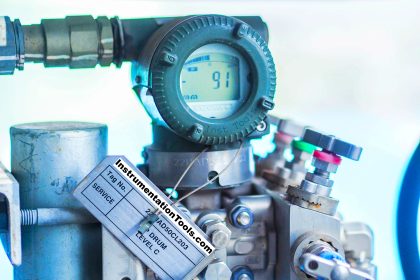

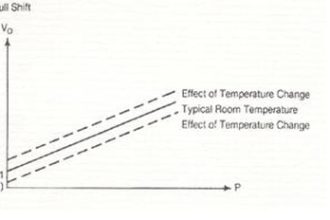
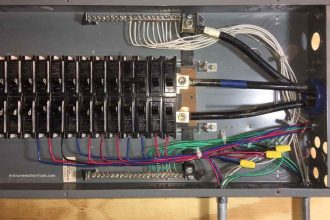

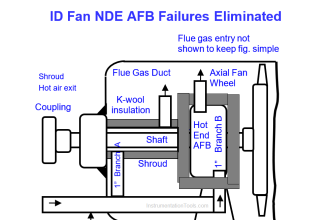
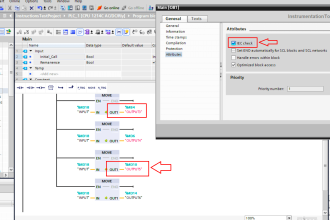
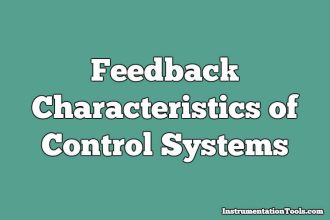
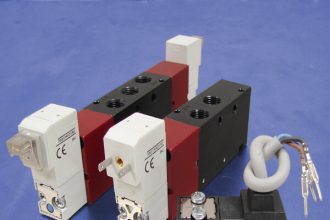
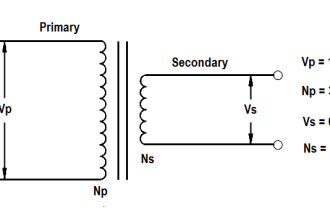

Excellent Animation. Easy Learning. Thanks
excellent quick and easy to understand thank you very much for animation litreature expecting
Thanks a lot really helpful
dear sir…
how can we download this animations. please give information about this.
Hello Lakhan, Temporarily Download Option Disabled.
i have a the differential pressure transmitter calibrated for waterSG=1 and it is used for measuring level of liquid of SG=0.814 ,how could i use it to read right level of SG=0.814?
You have to calculate the LRV and URV with your product S.G. and use the same.
sir please tell me basics interview question on Woodward GOVERNER 505 regards C&I INTERVIEW IN POWER PLANT